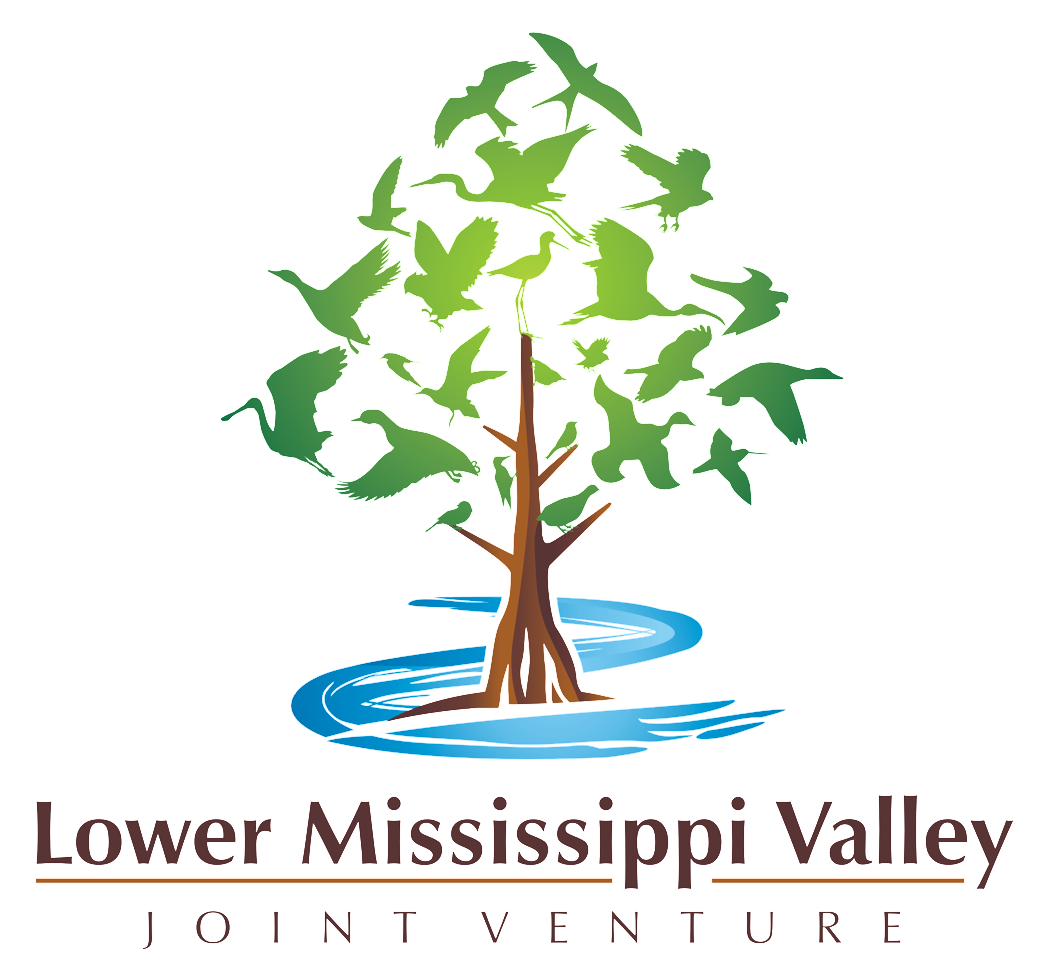Conservation Funding
The Lower Mississippi Valley Joint Venture is fortunate to have gained fiscal support from a number of important conservation funding sources. This section describes primary sources of support for LMVJV waterfowl and habitat conservation. It also describes the process for applying for federal North American Wetland Conservation Act (NAWCA) funds. NAWCA funds are available nationwide, and Joint Ventures have a special role in reviewing and providing input during the grant selection process.
North American Wetlands Conservation Act
Important Notice (11/22/2024)
It is anticipated that the North American Wetlands Conservation Council will approve a shift in application due dates on December 12, 2024, for fiscal year 2026 and forward, to better align with the Federal FY, timing of when Federal funds are made available, and potentially reduce the time from application to award issuance.
With this pending change, there will still be two application cycles for 2026 funding:
First Application Cycle - July 10, 2025 Second Application Cycle - February 26, 2026
Additionally, should the Council approve this change in application due dates, there will be a one-time extension of the "old match" rule. Under NAWCA, match going back two calendar years prior to the application could be captured as "old match". Applications for FY2026 will exercise a three-year "old match" acceptance.
Link to download FY26 US Standard instructions, proposal template, proposal tables template, financial table example, and US Eligibility Criteria documents.
Pages 4 to 6 of the US Standard Instructions include GrantSolutions upload information, steps to register for a UEI number (formerly DUNS), and steps to setup an account within GrantSolutions.
The North American Wetlands Conservation Act (NAWCA), enacted in 1989, works to conserve North America's waterfowl, fish, and wildlife resources while producing a variety of environmental and economic benefits. It is a non-regulatory, incentive-based, voluntary wildlife conservation program. The program’s success is driven by partnerships among federal agencies, state agencies, local governments, and nonprofit organizations.
Every federal dollar provided by NAWCA must be matched by at least one dollar from non-federal sources. In the past two decades, the North American Wetlands Conservation Act has funded projects totaling $2 billion in grants. More than 6,350 partners have contributed another $4 billion in matching funds to affect over 30 million acres of habitat.
NAWCA in the LMVJV
A total of 118 NAWCA Standard Grant projects have been funded in the LMVJV. Grant funds of more than $86,000,000 have been matched by over $254,000,000 in partner funds to conserve over 667,000 acres of wetlands for waterfowl, shorebirds, songbirds, wading birds, and myriad other wildlife and people.
The NAWCA program is administered by the U.S. Fish & Wildlife Service. Applicants are strongly encouraged to become familiar with LMVJV bird objectives as they develop project proposals. For more detail on bird objectives and priorities, please see Conservation Planning & Science Priorities, as well as individual conservation plans in the Science menu above.
As indicated in the grant application process described in the Proposal Application Instructions, Joint Ventures have a role in reviewing both Standard Grant and Small Grant applications and providing input to the proposal selection process. Applicants within the LMVJV region are asked to do the following:
1. If you have questions about LMVJV objectives, grant proposal development, or guidelines related to a project within the LMVJV region, please contact one of the following:
Bill Bartush
WGCPO Partnership Coordinator
903-570-9626
vacant
MAV Partnership Coordinator
Dr. Anne Mini
Senior Scientist
541-231-5188
Keith McKnight
Coordinator
903-363-8365
2. A complete copy of each grant proposal(s), with shapefiles for all project elements, should be submitted to Dr. Anne Mini, Senior Scientist (above) at the time of submittal to NAWCA.
3. Once proposals are assessed for consistency with LMVJV objectives, the JV Management Board and staff will schedule a conference call with all project officers for submitted proposals to provide the opportunity to discuss and ask questions.
4. All proposals submitted in each cycle within the LMVJV region are ranked by the Management Board, and these ranks are submitted to the NAWCA Council to serve as one of the elements used to select projects to receive funding.

